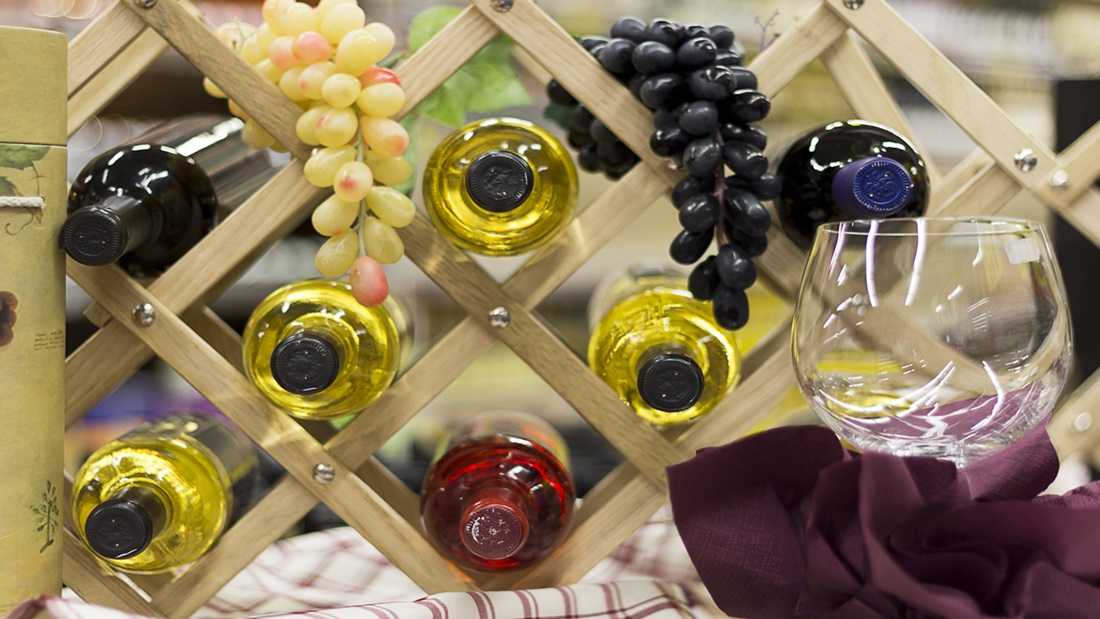
15 Jan Wine Temperature Guide – What is Too Hot and What is Too Cold
The temperature of the wine can alter its taste, texture, and fragrance. For some wines, that’s a good thing; for others, that can be highly detrimental. It’s always a good idea to understand the kinds of wines you have and how they respond to different temperatures. At Signature Cellars, we believe that wines should be served at temperatures that bring out their best features. Here’s a brief wine temperature guide to explain that.
Serving Temperature
As we mentioned above, the changes in temperature would alter the taste and fragrance of the wines. That’s why it’s important to know and understand which kind of wine should be served at what temperatures. Consider the list below:
Sparkling Wines
These wines should be served chilled, at temperatures of 5°C to 10°C. You can place your bottle of bubbly in the refrigerator an hour or so before you need to serve it.
Rose and White Wines
These wines should be served cool at temperatures of 10°C to 15°C. Again, it’s a good idea to place the wine bottle in the refrigerator a few minutes before you want to drink it.
Red Wines
These wines are best served slightly cool at about 15°C to 20°C. Most people believe that red wine should be served at room temperature. You can achieve this temperature by placing it inside the refrigerator about 15 minutes before it’s served. That would get the wine down to the best temperature.
Storage Temperature
Now that we understand the serving temperature of wines, what’s the ideal storage temperature? Temperature is one of the most critical aspects of storing wine. If you don’t get the temperature right, there’s a chance that your wine wouldn’t age well at all. In reality, the storage requirements vary considerably from wine to wine. How the drink fares depends largely on the content of fruit and tannin in it. However, this doesn’t mean you need to store different wines at different temperatures. That’s not practical at all.
You should understand that a delicate balance is needed here. The temperature can neither be too cold nor too hot. The idea is to find the right temperature for the wine to age well and develop complex flavours.
Ideally, the temperature inside the cellar should be around 11°C to 14°C. If it is too cold and the temperature drops below 11°C, the wine won’t even get a chance to age well. Cold slows down the aging process. If it’s reasonably cold insider the cellar, the wine would have more time to develop more complex flavours and aromas.
If the temperature of the wine cellar goes beyond 24°C, the wine will age too fast and become spoiled. The wine will start to oxidize and soon be rendered undrinkable. That’s why it’s important for the cellar to be neither too hot nor too cold.
Temperature Fluctuations
You don’t just need to set the right temperature, but also need to keep it steady. Slight differences between the daytime and night time temperatures won’t affect the quality of the wine. In fact, this might improve it. However, if the fluctuation in the temperature is too wide and too often, the wine won’t be able to stand it and the wine would spoil quickly. To avoid this, you need to ensure that the temperature is consistent and steady.
Maintaining the right temperature would ensure that the wine lasts for a long time and ages well. For more information about spiral cellars and other wine storage solutions, you can call Signature Cellars on 02 9340 7515 or use this contact form to get in touch with us. We’ll be pleased to assist you.
Thanks for reading,
Neil Smallman
Signature Cellars
02 9340 7515




No Comments